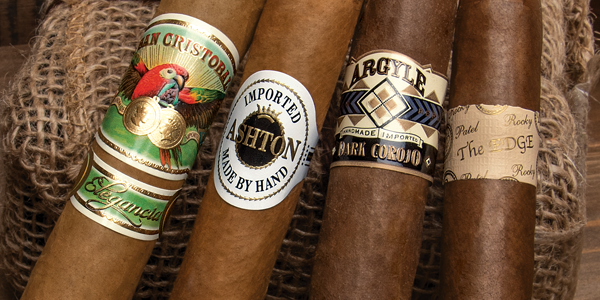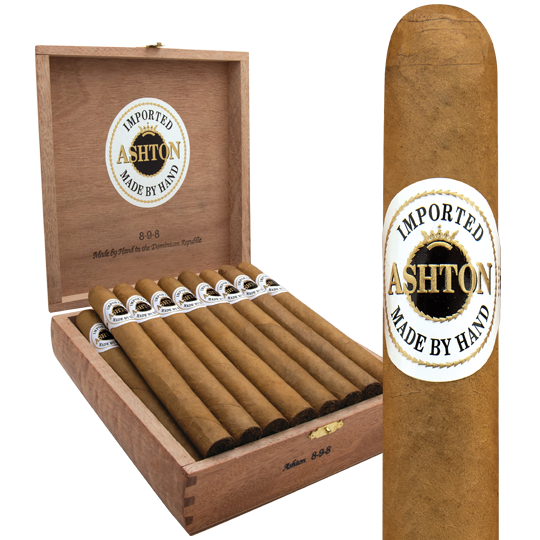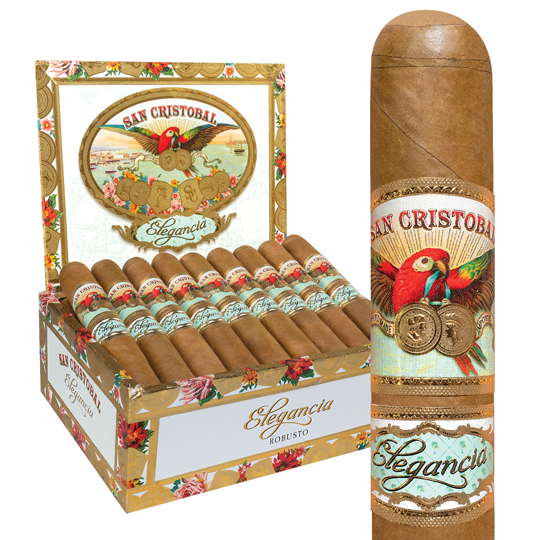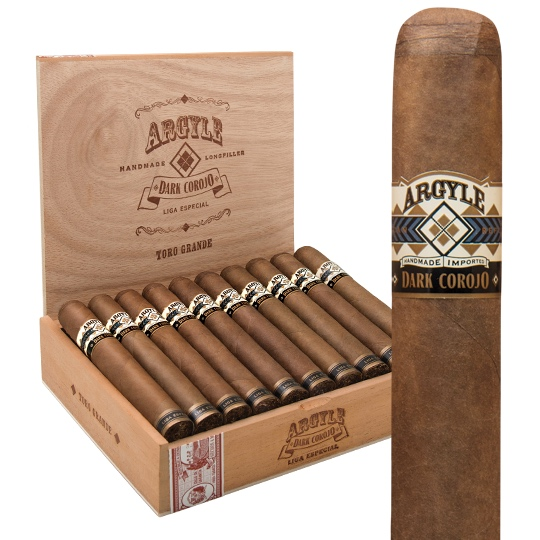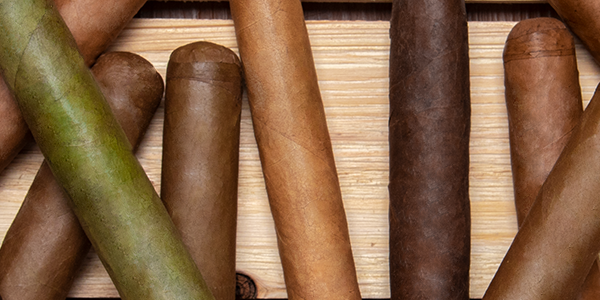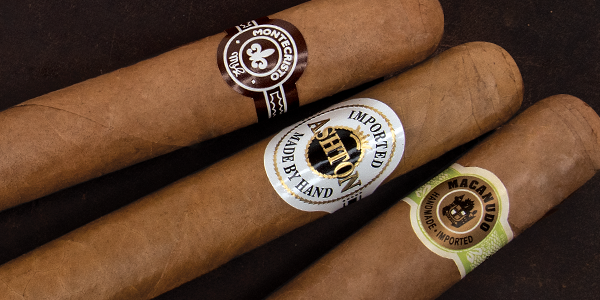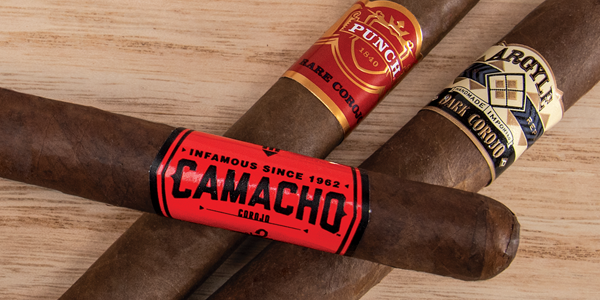All About Natural Leaf Wrappers
Cigars used to be much simpler. There weren’t that many types of tobacco readily available to blend. If your cigar was Nicaraguan, chances were that all the tobacco in the cigar was from Nicaragua. Today, tobacco, especially wrapper leaf, is grown in many more countries whose climate and soil are hospitable. For the most part, wrapper leaf is still fairly easy to understand since we still refer to most of them as either Natural (sometimes referred to in England as English Market Selection, as EMS, when applied to Cuban cigars) or Maduro. In fact, it’s not unfair to say that if a wrapper leaf isn’t Maduro, it’s Natural. But what does that really mean? It’s complicated.
The Natural Process
The lighter color and flavor on many Natural wrappers is a result of how the wrapper leaf is processed. Generally, Natural wrapper leaf is grown with less exposure to direct sunlight. After that, the leaves undergo a slow drying process that reduces bitterness. By comparison, the Maduro leaf is left a bit longer on the stalk and is fermented longer than the Natural wrapper. If, in the past, Natural wrapper leaves were uniformly lighter in flavor than Maduro wrappers, that is no longer the case. Today, you can taste a great variety of cigars that carry Natural wrappers from different countries grown from different seed types.
Color
The Natural cigar wrapper leaf is generally blond or tan to a darkish brown in color. Within the range of Natural wrappers, three main types are Connecticut Shade, Corojo, and Habano.
Main Types of Natural Cigar Wrapper Leaves
Connecticut Shade
Connecticut Shade is the standard bearer and among the lightest colors of Natural cigar wrapper leaf. It is grown under cheesecloth to keep it from getting too much sun. Perhaps the best example of a Natural wrapper in this case is that on the Ashton Classic, a relatively mild cigar with a Connecticut Shade – Natural – wrapper. The Corona, 5.5 x 44 (about $9) is an elegant shape to try. You’ll taste some velvety notes of cedar, almonds and coffee with cream. The San Cristobal Elegancia shows how well Ecuador is growing wrapper leaf. This cigar carries an Ecuador Connecticut wrapper that envelops Nicaraguan filler, creating a mild-medium flavor. The Pyramid, 6.125 x 52 ($7-8) is my favorite vitola here. You’ll get some white pepper and nuttiness and a very creamy smoke. A little cocoa too.
Corojo
The Corojo wrapper leaf is darker than the Connecticut Shade and is distinguished by its oily, reddish-brown color. Generally, a Natural Corojo wrapper leaf delivers a more powerful, er, punch, like on the medium-full Punch Signature, a blend of Nicaraguan and Dominican filler in a Corojo wrapper. The Robusto, 5 x 54 (less than $8), brings some nice complexity to the smoke, with caramel and leather and a spicy finish.
Corojo wrappers are also found on popular blends like Rocky Patel The Edge, Camacho Corojo, and Argyle Dark Corojo. Each is handmade in a variety of classic shapes that deliver spicy, earthy, and complex profiles.
Habano
Essentially, an Habano wrapper leaf is one that originated in Cuba. Now, Habano is grown mostly in Nicaragua and Ecuador. Generally, Habano delivers a very rich flavor, one you can find on the Ashton Symmetry. The Prism, 5.625 x 46 (about $12), is a full-bodied blend of Dominican and aged Nicaraguan filler. Symmetry is complex with a profile of lush figs, coffee beans, cinnamon, and cedar notes. The cigar delivers a ton of rich and creamy spices. This is the definition of balance.

